Add: No. 292, Cangling Road, Huzhen Town, Jinyun County, Lishui City, Zhejiang Province, China
Phone: +86-18857946688
+86-579-87236298
E-mail: [email protected]
[email protected]
The integration of automation and robotics into manufacturing has brought considerable change to how tools are produced, including in the field of lithium-ion angle grinder manufacturing. These tools, known for their mobility and efficient power output, are used across the construction, metalworking, and maintenance industries. As demand for these devices grows, manufacturers increasingly turn to advanced technologies to meet production needs while maintaining consistency and quality.
In the context of lithium-ion angle grinder manufacturing, automation supports production efficiency by handling repetitive tasks that were once managed manually. Robotic arms, for instance, are widely used to assemble critical components such as motors, gear systems, and electronic circuits. These machines perform with high precision, reducing the risk of errors and variations during assembly. This consistency plays a vital role in ensuring each unit performs to the same standard on the job site.
One of the more significant impacts of automation in lithium-ion angle grinder manufacturing is in the battery integration process. Lithium-ion cells require careful handling, precise welding, and secure housing to ensure safe operation. Robots equipped with vision systems and fine-motor control can place and seal battery components without causing damage or risking misalignment. This not only enhances product reliability but also improves safety for the end user.
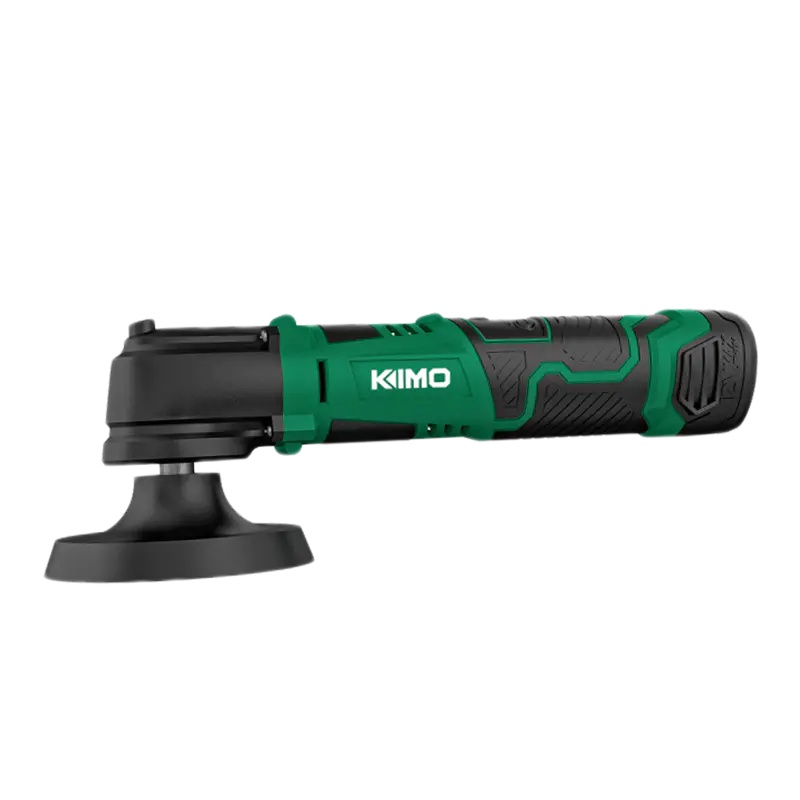
Another key area where robotics contributes is quality control. In traditional settings, human workers inspect tools visually or use gauges to confirm tolerances. In contrast, modern lithium-ion angle grinder manufacturing facilities use automated inspection systems equipped with sensors and cameras. These systems can detect small flaws in materials or construction that might go unnoticed by manual checks. This allows defects to be identified and removed from the line before packaging.
Automated data collection is also transforming lithium-ion angle grinder manufacturing. Each step in the production process can now be monitored in real-time, generating data that helps engineers understand where delays or defects originate. This data-driven insight supports continuous improvement and reduces waste, both in materials and time. The ability to analyze production data quickly is especially useful in customizing grinder designs to meet different regional or industrial preferences.
Flexibility is another benefit robotics brings to lithium-ion angle grinder manufacturing. With programmable systems, manufacturers can quickly shift between different grinder models or specifications without lengthy retooling processes. This is particularly helpful when producing limited runs or test batches for new product lines. It also allows manufacturers to respond more easily to market trends and client feedback.
Despite the benefits of automation, human expertise remains important. Engineers and technicians still oversee programming, maintenance, and product design decisions. Robotics assists in repetitive or dangerous tasks but is not yet a complete replacement for the experience and judgment that skilled workers bring to manufacturing.
The introduction of automation and robotics into lithium-ion angle grinder manufacturing has reshaped how these power tools are built. From enhancing precision in assembly to improving inspection and data management, these technologies help meet the growing demand for reliable, high-performance tools. As automation becomes more accessible, it is expected to continue supporting efficiency, safety, and customization across the industry.
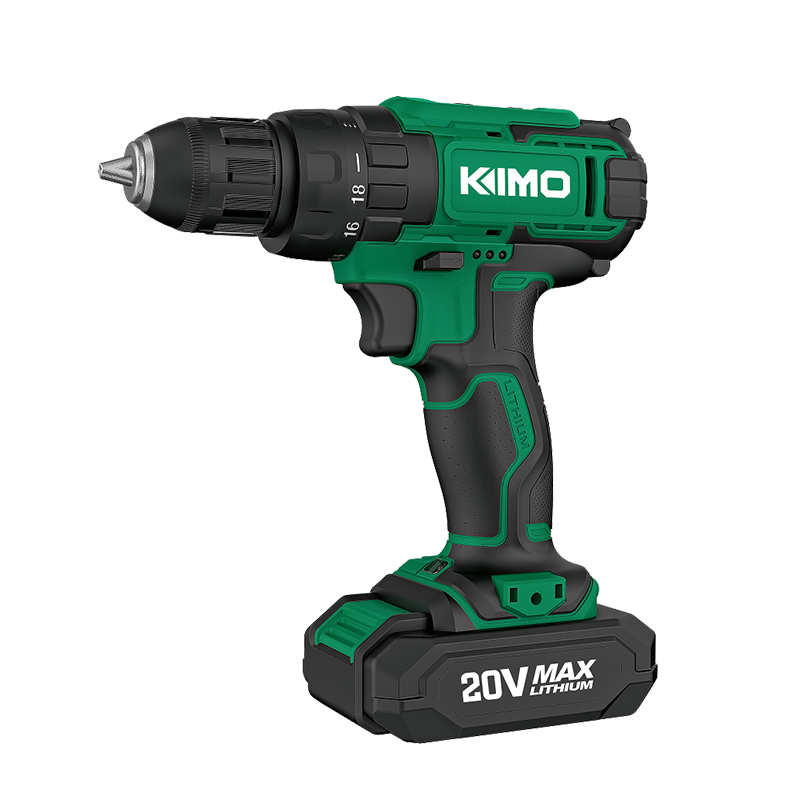
Double speed Available range: screw mounting, wood drilling, metal drilling, porcelain drilling
View More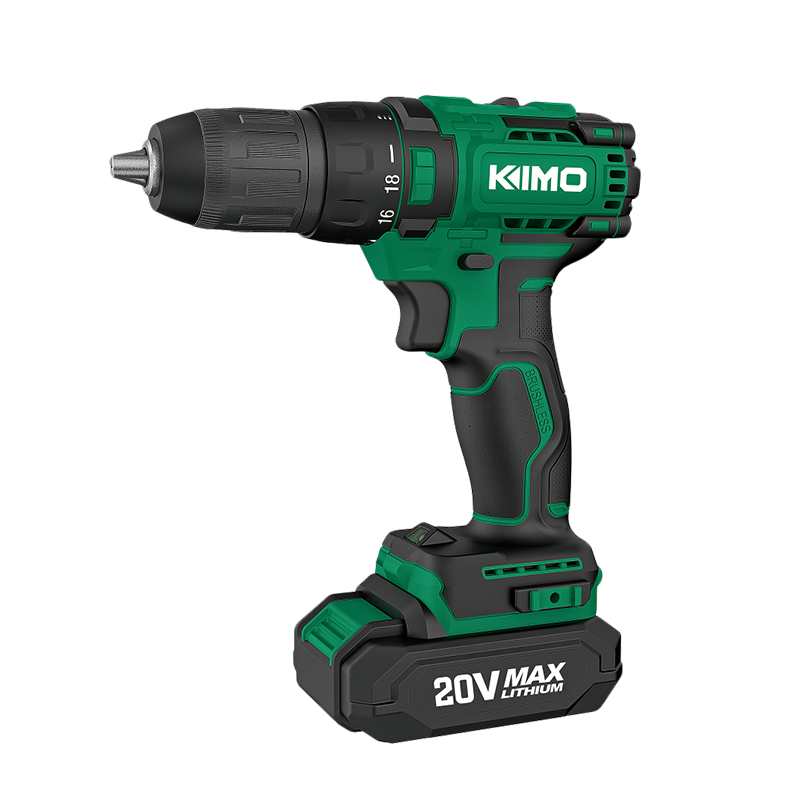
1. 13mm full metal chuck 2. Can be used for tile, wall, concrete
View More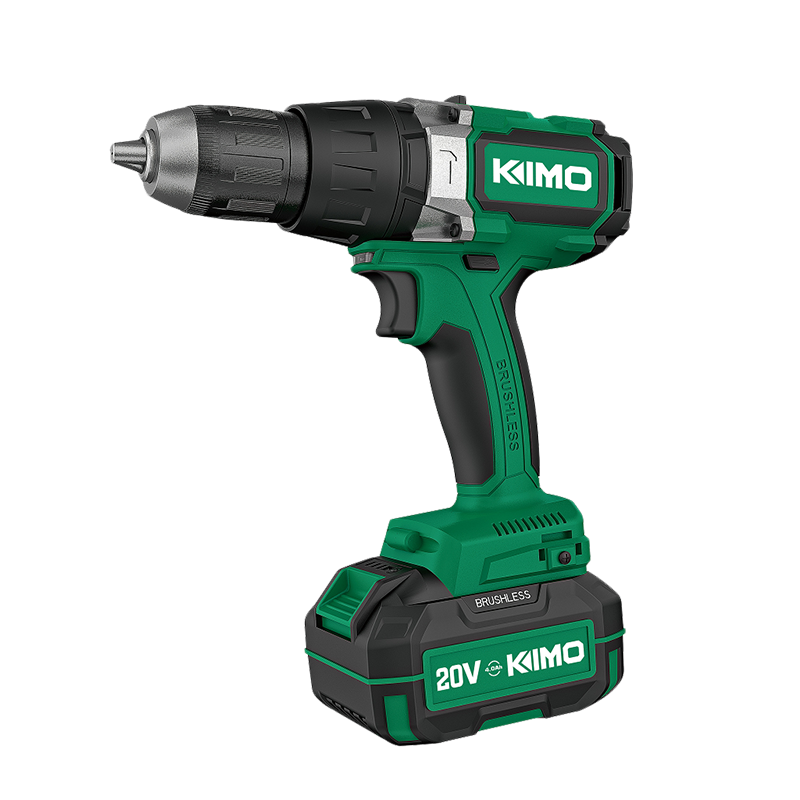
1. Super high torque industrial grade impact drill 2. Can increase the use of auxiliary handle 3. Ca...
View More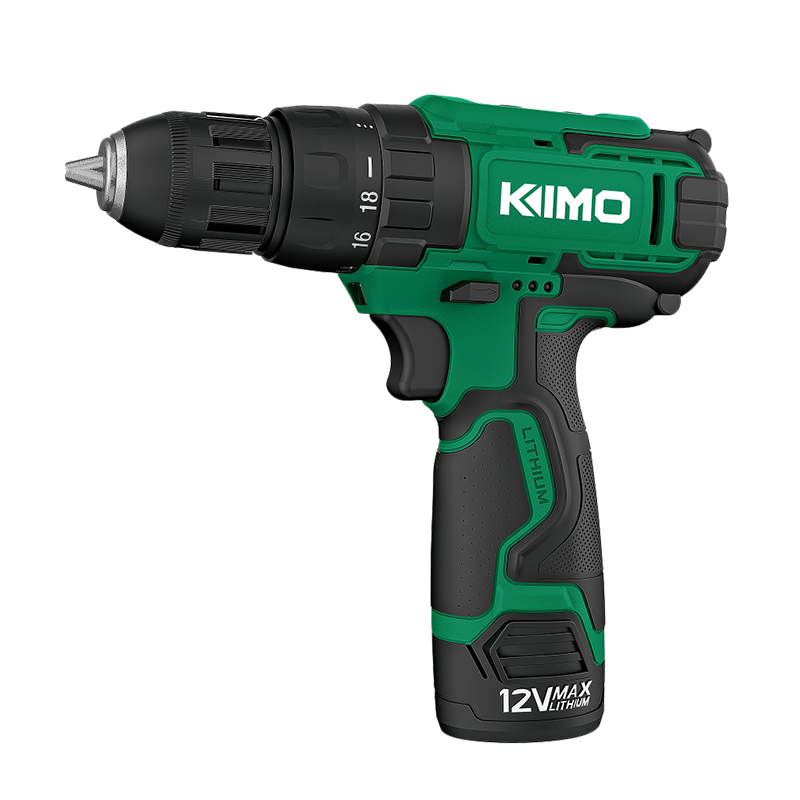
Home DIY, double speed Scope of application: screw installation, wood drilling, metal drilling
View More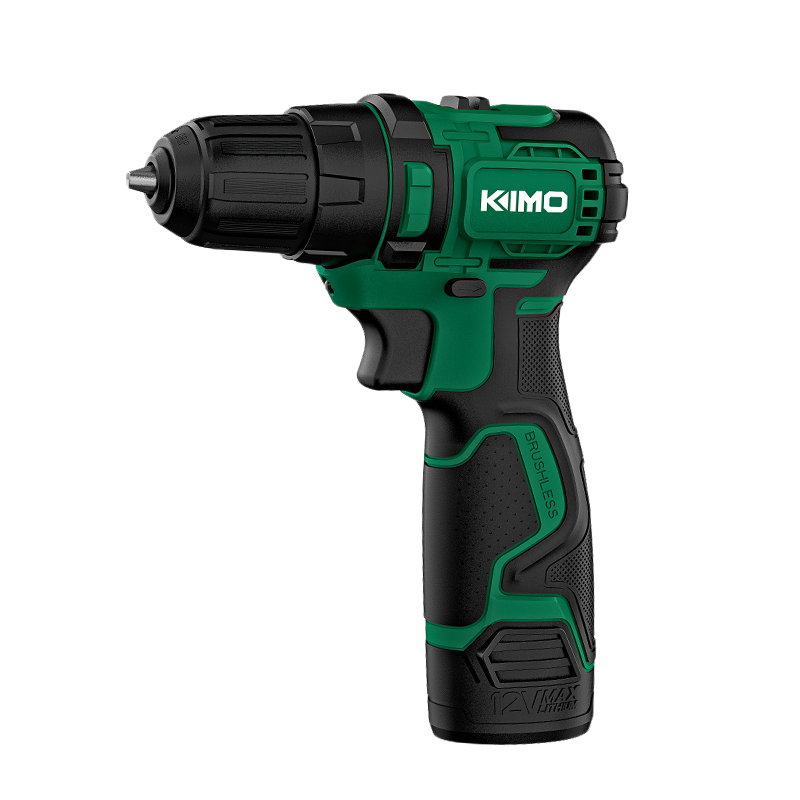
Brushless motor, compact body● Flat drilling: suitable for drilling wood, metal, aluminum, tile/glas...
View More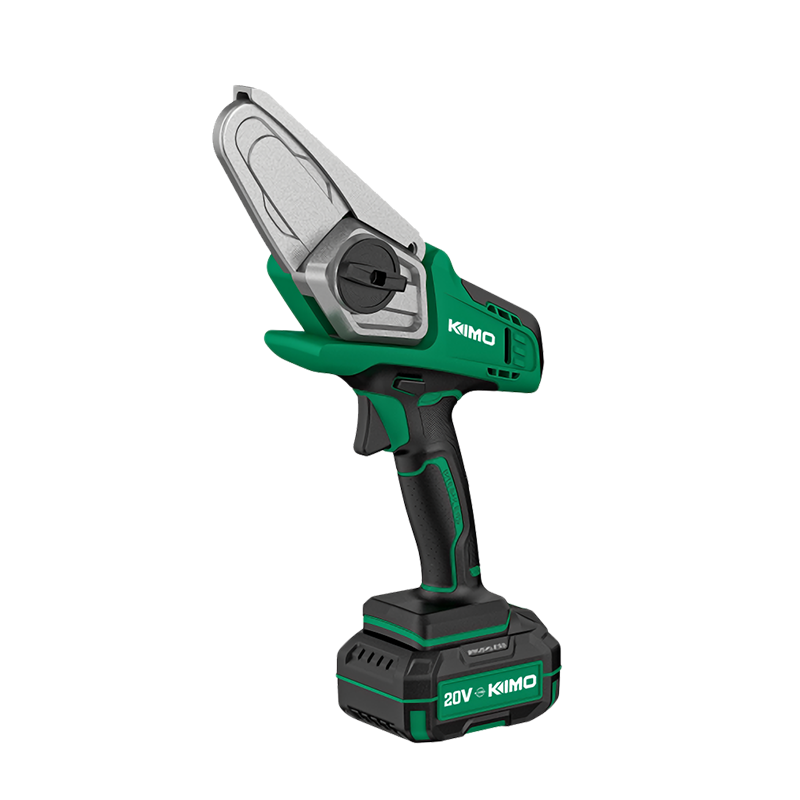
Electric chain saw for home use Available range: tree pruning, logging sawing, panel cutting, bambo...
View More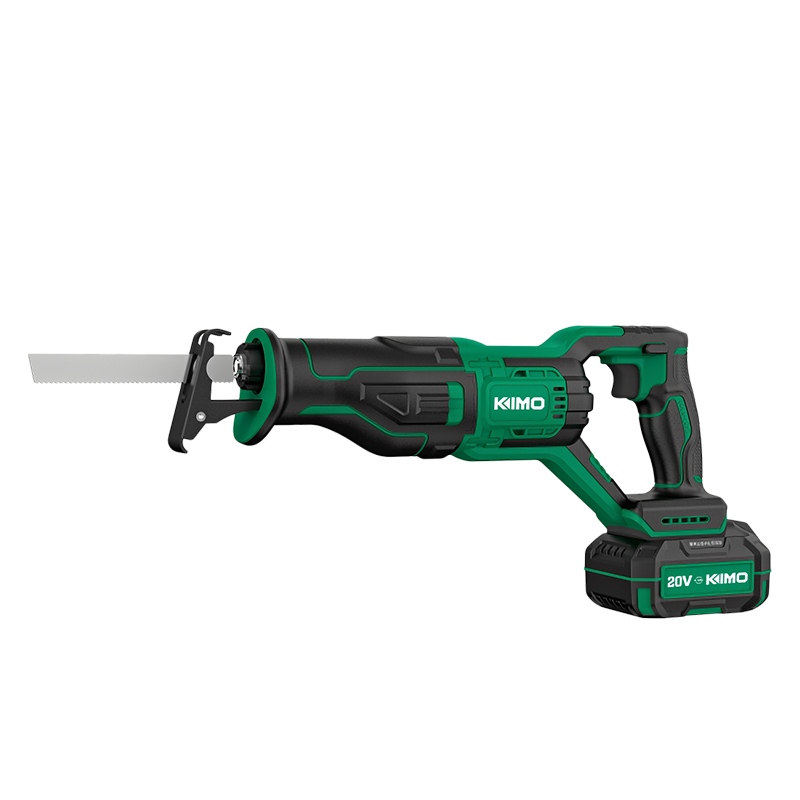
Applications: cutting wood, cutting pallets, cutting steel, cutting large plastic pipes, cutting bon...
View More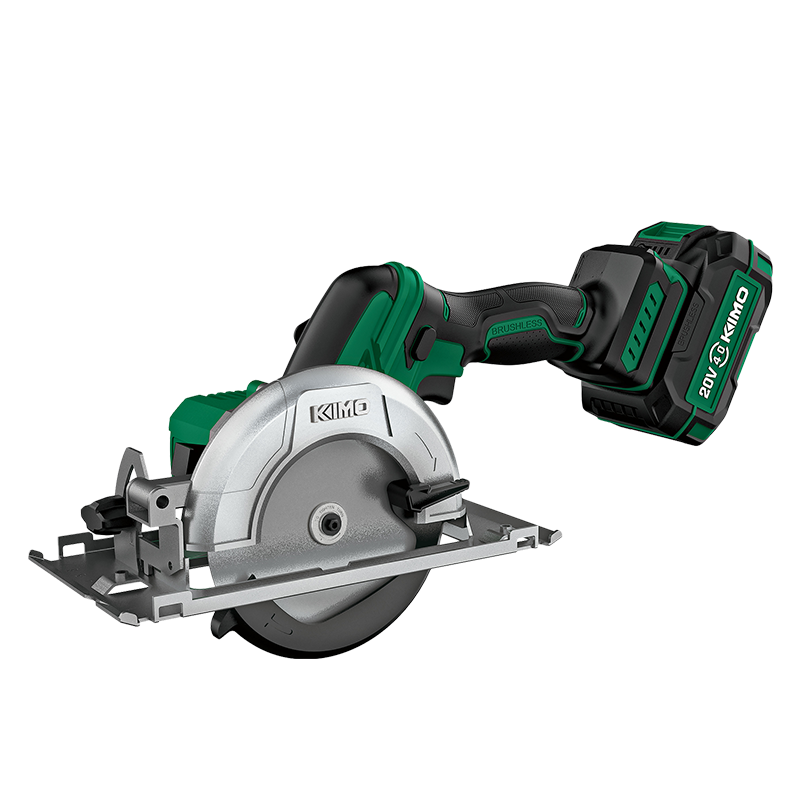
Brushless circular saw, the difference with 26805 is the cutting depth, 26809 (52MM), 26805 (55mm) ...
View More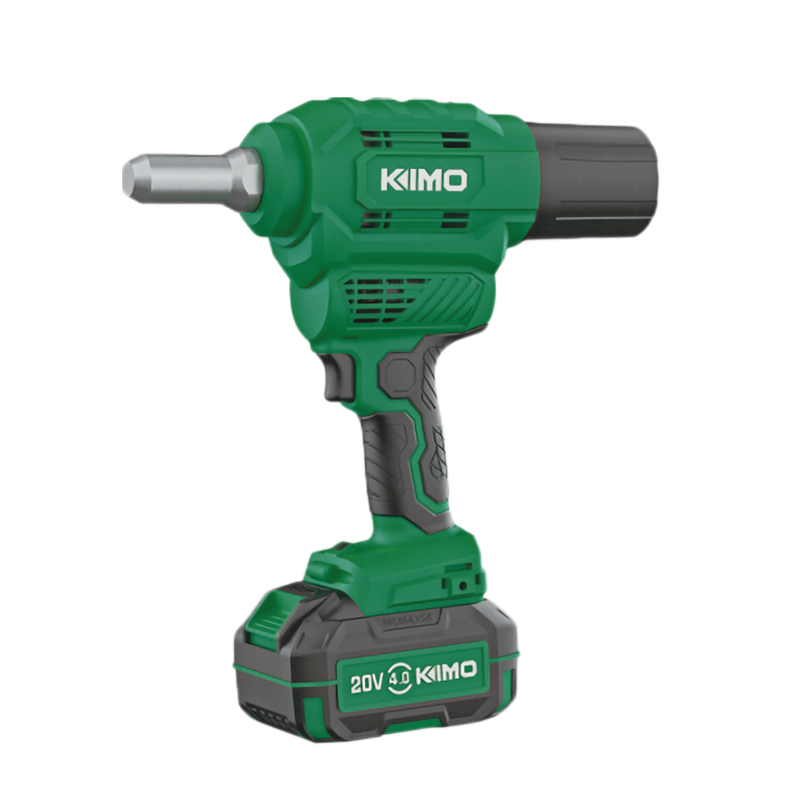
Application:Rivet fastening of aluminum profiles, hardware, etc.
View More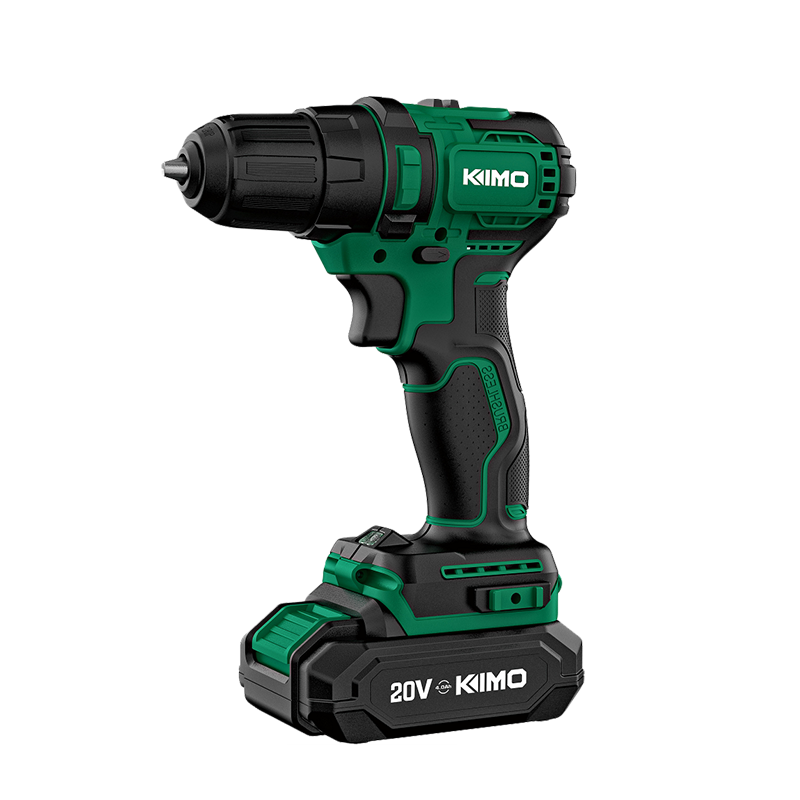
1. Brushless motor 2. Can be used for tile, wall, concrete
View More
Lithium storm leaf blower: strong wind power. Application: leaf cleaning, industrial dusting, home d...
View More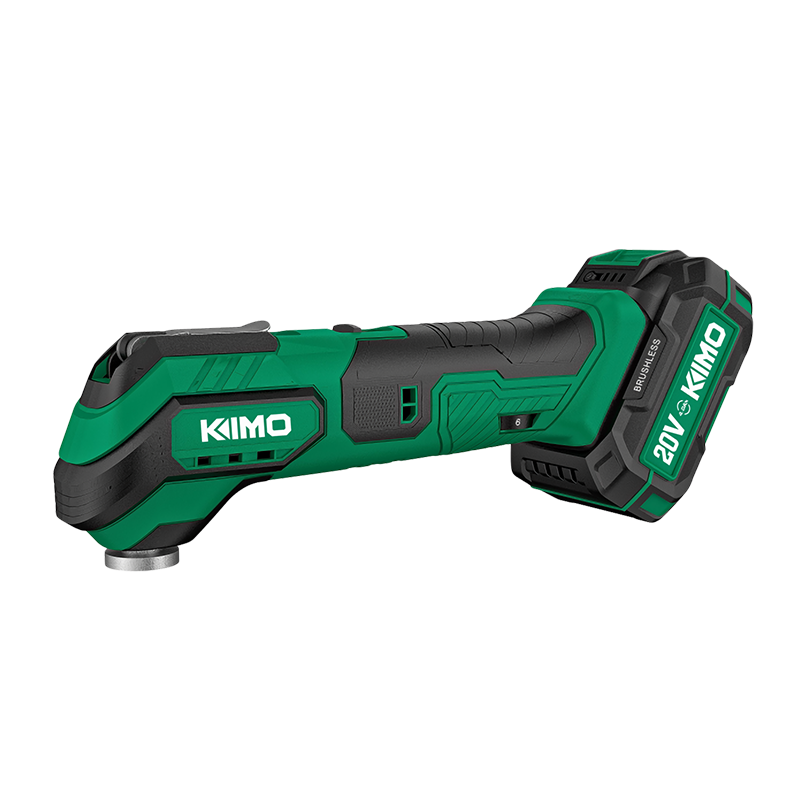
Can be equipped with a variety of accessories.Application: Sawing class Double break straight sa...
View More